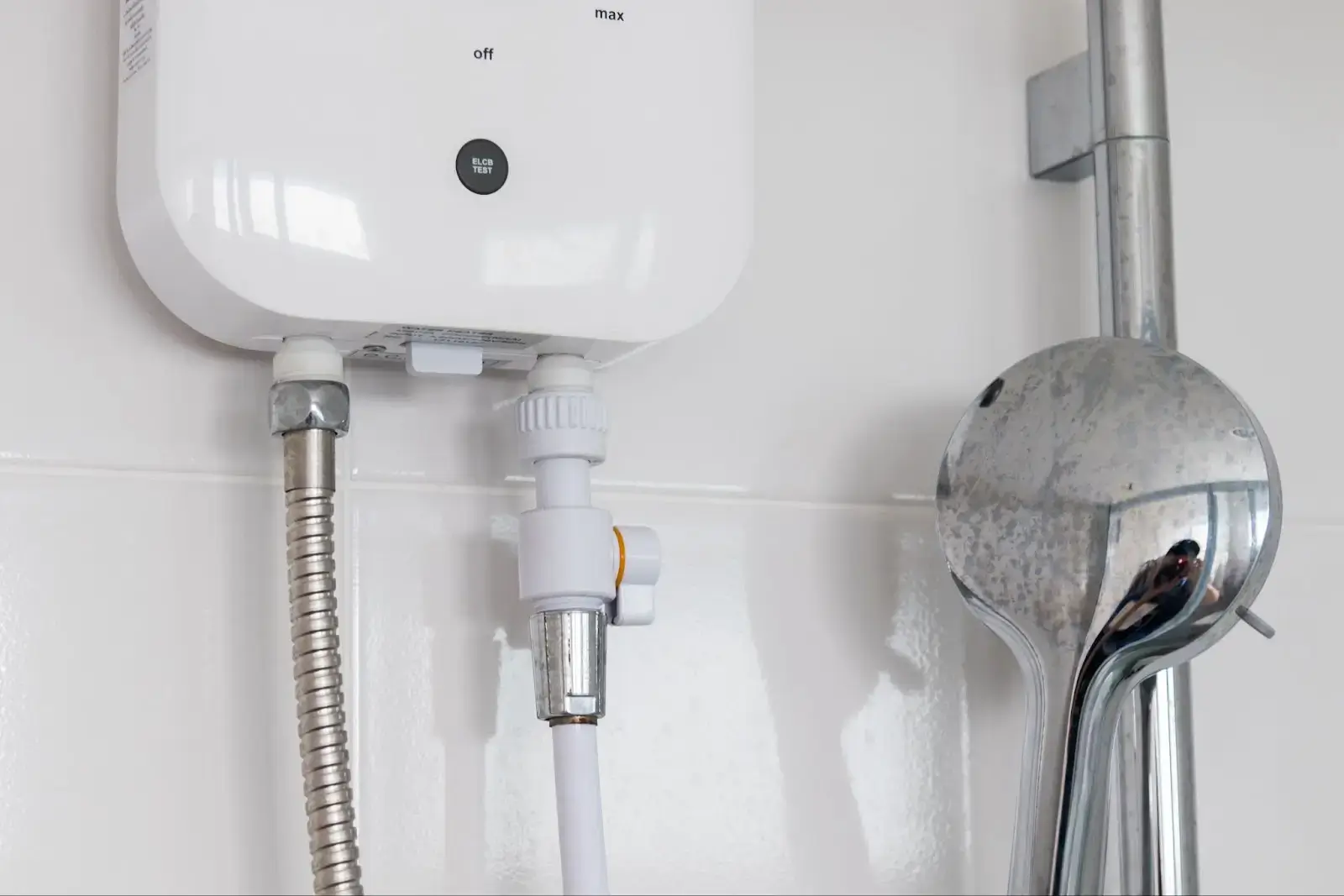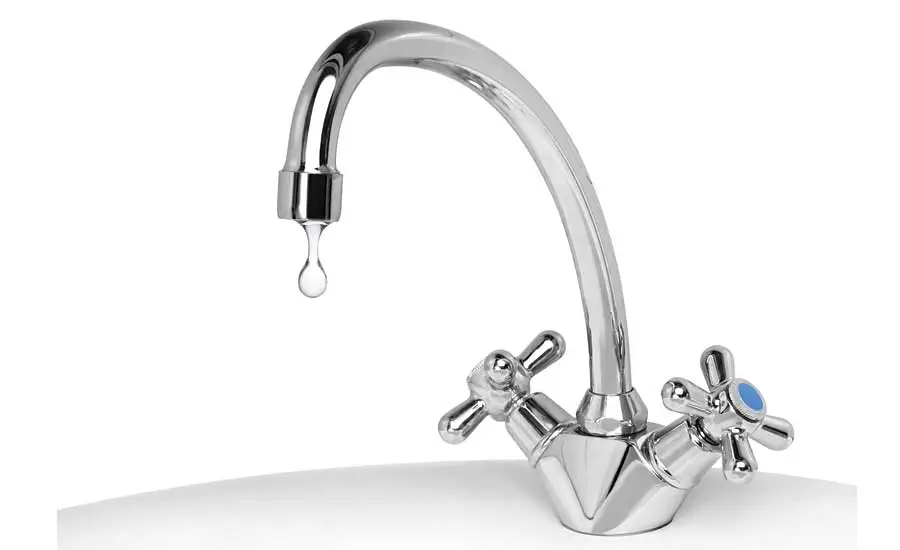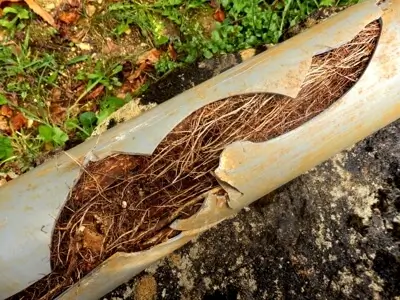In the world of modern home comfort, mini-split systems are steadily claiming their space. No longer are these systems reserved just for additions or rooms without ductwork; they're becoming a primary choice for many homeowners.
Why the surge in popularity? For one, mini-splits offer a unique blend of efficiency and flexibility. However, as with most things in life, one size doesn't fit all. And in the realm of mini-splits, the decision boils down to two central types: ducted and ductless.
The choice between these two can significantly impact your home's comfort, efficiency, and installation cost. As you read on, we’ll delve deep into both, helping you decipher which one aligns best with your specific needs.
The goal? Ensuring you make an informed decision that brings maximum comfort to your living spaces.
Ducted Vs. Ductless – What’s the Difference?
If you've ever stood at a crossroads trying to decide between two options, you know the importance of clarity. In the mini-split world, the decision between ducted and ductless often feels like such a crossroads. So, let's clear the fog.
- Ducted Mini-Splits: Ducted systems utilize ductwork that's typically hidden within the walls, floors, or ceilings of a home. They distribute air throughout the entire home, making them a preferred option for homeowners looking for a more seamless and comprehensive solution.
- Ductless Mini-Splits: In contrast, ductless systems don't require any ductwork. They consist of individual units that are installed in specific rooms or zones. This design is especially useful for targeting specific areas, or in homes where installing ductwork is not feasible or practical.
Each system has its advantages, and the choice largely depends on your home's layout and your specific heating and cooling needs. We'll delve deeper into the pros and cons of each in the sections that follow.
Ducted Mini-Split Systems
The world of HVAC is vast, and within it, the ducted mini-split system stands out as a robust option for many homeowners. At its core, a ducted mini-split system is designed to deliver conditioned air through ducts, just as its name suggests.
Unlike traditional HVAC systems, however, these setups are more compact. They primarily consist of an outdoor unit and an indoor unit connected to a network of ducts, usually concealed within walls, ceilings, or floors. These ducts serve as pathways, ensuring that the conditioned air reaches different parts of the home efficiently.
Purpose & Functionality
What makes ducted systems stand out is their ability to serve larger spaces. Whether it's heating during winter or cooling in summer, these systems work tirelessly to maintain a consistent temperature throughout the entire house.
Moreover, for homes with pre-existing ductwork, ducted mini-splits can often integrate smoothly, leveraging the infrastructure already in place.
Best Use Cases
Considering a ducted system? They truly shine in specific scenarios. If you're building a new home from the ground up or undertaking major renovations, a ducted system can be seamlessly integrated. Moreover, homes with existing ductwork can benefit from a smoother transition to this system.
In essence, it's a top pick for those who desire a comprehensive heating and cooling solution for the entirety of their living space.
Advantages & Limitations
There's a lot to love about ducted mini-splits. For one, their ability to efficiently regulate temperatures in larger spaces is unmatched. By utilizing a network of ducts, they ensure every nook and cranny of your home feels comfortable.
However, it's not all sunshine. Installation can be a more complex affair, especially if ductwork isn't already present. This could mean higher initial costs and a longer setup time. Additionally, ducted systems, by their very nature, may not offer the same level of individualized room control as their ductless counterparts.
Ductless Mini-Split Systems
Ductless mini-split systems, as the name implies, operate without the need for a network of ducts. Instead, they consist of an outdoor compressor and individual indoor units that can be mounted on walls or ceilings. These units are compact, allowing for a more flexible installation process and making them a favorite for many homeowners.
Purpose & Functionality
Ductless systems are designed to condition-specific zones in your home. Think of each unit as having its own personal mission: to keep its designated room or area comfortable. This means that if you prefer your bedroom cooler than your living room, it's entirely possible. Each unit operates independently, providing personalized temperature control tailored to each room's occupants.
Best Use Cases
So, where do ductless mini-splits truly shine? They are the go-to choice for homes that don't have existing ductwork or where installing ducts might be a challenge. If you're looking to retrofit an older home, add climate control to a new room addition, or simply want to condition a specific area like a garage or sunroom, a ductless system could be your best bet.
Advantages & Limitations
One of the clear advantages of ductless systems is their ease of installation. Without the need for ductwork, the process is more straightforward and often quicker. Plus, with the ability to control each unit separately, you have a level of customization that's hard to match.
However, there are considerations to keep in mind. If you have a larger home or want to condition multiple rooms, you might need several indoor units. This can lead to a higher initial cost compared to a singular ducted system. Additionally, each unit requires maintenance, so having multiple units could mean more upkeep over time.
In summary, ductless mini-split systems offer fantastic flexibility and individualized control. Yet, as with any choice, it's essential to consider both their strengths and limitations when deciding if they're right for your home.
Which One Fits Your Needs? Points to Ponder
Choosing between ducted and ductless mini-split systems is a significant decision. Before you leap, let's review some essential considerations that will guide your choice.
1. Assessing Room Size and Home Layout
The layout of your home plays a crucial role. If you have a large home or multiple rooms to condition, a ducted system might be more efficient. On the other hand, if you're focusing on a particular room or area, a ductless system offers pinpoint accuracy.
2. Installation Procedures
Think about the installation process. Ducted systems often require more extensive work, especially if you're integrating with existing ductwork. Ductless systems, while generally easier to install, might need multiple units for larger homes, leading to more mounting points.
3. Energy Efficiency Goals
Ductless systems often lead the pack when it comes to energy efficiency for specific rooms since you're not losing air through lengthy ducts. However, ducted systems can be efficient for larger spaces, ensuring uniform temperature distribution.
4. Budget Constraints
Your budget is always a key factor. While ductless systems might have lower initial installation costs for a single unit, scaling up to multiple units can increase the expense. Ducted systems, given their extensive installation procedures, can come with a heftier price tag initially but might prove more cost-effective for larger homes in the long run.
In essence, it's a balance. Weigh the pros and cons, evaluate your home's specific needs, and ensure you're making a choice that aligns with both your comfort and financial goals.
And if you're still uncertain, don't hesitate to reach out to Sunset Heating & Cooling. Our team of experts specializes in both ducted and ductless mini-split systems, ensuring that your choice is not only informed but also flawlessly implemented.
Cost-Benefit Analysis of Ducted Vs. Ductless Systems
In the previous section, we touched on the financial aspects of choosing between ducted and ductless systems. Now, let's delve deeper into this cost comparison to give you a more comprehensive understanding.
Initial Installation Costs
- Ducted systems typically come with a higher initial expenditure, considering the unit's price, ductwork installation, and labor costs.
- Ductless systems usually present a lower upfront cost due to the absence of ductwork, reducing materials and labor hours.
Operational Efficiency & Monthly Costs
- Ducted systems distribute air throughout the entire home, which, if not properly optimized, can lead to heftier monthly expenses.
- Ductless units focus on specific zones, often resulting in more efficient energy usage and potentially lower monthly bills.
Maintenance & Longevity Expenses
- Regular maintenance of the ducted systems includes taking care of the unit and its extensive ducts, potentially racking up costs over time.
- Ductless units, being compact, usually have a more straightforward maintenance process. However, multiple units across rooms can mean cumulative costs.
Resale Value
- A well-maintained ducted system can be an attractive feature for potential buyers who favor a traditional HVAC approach.
- Modern and efficient ductless systems may be more appealing to those who are energy-conscious or prioritize contemporary amenities.
Exploring Rebates & Incentives
- Many energy providers offer rebates for installing energy-efficient systems. Investigate local incentives available for both ducted and ductless installations.
Final Reflections
While ducted systems might require a larger investment upfront, they provide a cohesive solution for larger spaces. On the flip side, ductless systems, with their zonal controls, can be a cost-efficient choice for specific rooms or additions.
In making your decision, always consider both the immediate and long-term financial implications. Reflect on your home's requirements, your allocated budget, and potential long-term returns or expenses.
Contact Sunset Heating & Cooling for All Your Mini-Split System Needs
Navigating the world of mini-split systems can be daunting, especially when you're trying to make the best decision for your home or business. Whether you're leaning towards a ducted or ductless option, Sunset Heating & Cooling is here to guide you every step of the way.
From pinpoint diagnostics and repair services to regular maintenance checks, we ensure your mini-split system stays in peak condition. And if you're considering a new installation, our team offers tailored solutions, seamlessly integrating the best mini-split system into your space.
Don't compromise on quality and expertise. Let Sunset Heating & Cooling be your trusted partner in ensuring optimal temperature control, efficiency, and comfort.
Ready to discuss your mini-split system options? Give us a call at (503) 500-5866. Your comfort journey begins with Sunset.







